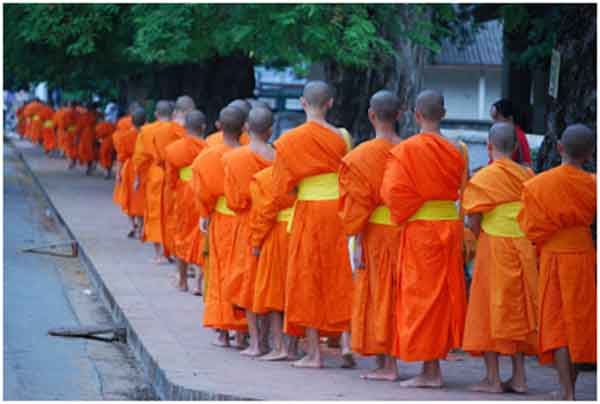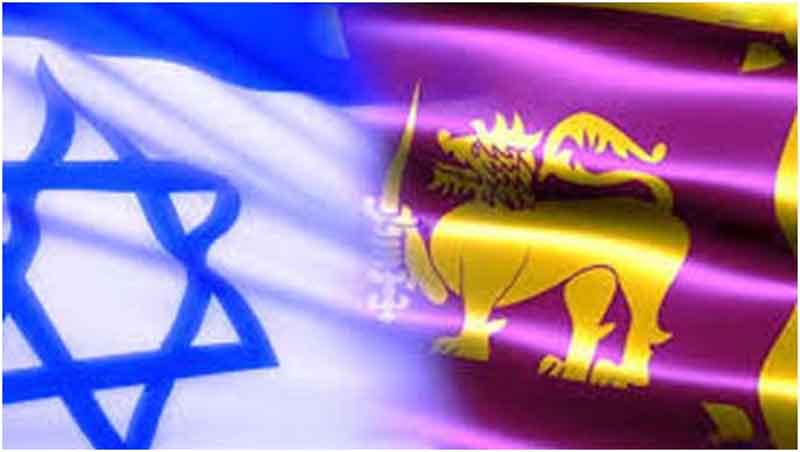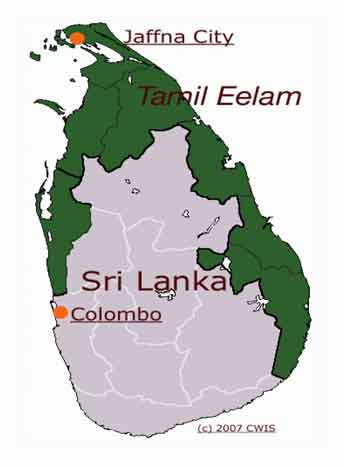
Most of the myths regarding the history of Sri Lanka originate from the Mahavamsa. And so, Sinhalese Buddhist nationalists maintain that they are the Buddha’s selected people, and that the island of Sri Lanka is the Buddhist promised land
At the opening of the nineteenth century, the existence of an historical record called the Mahavamsa, or Great Dynasty, was known to a handful of Buddhist priests. It was a metrical chronicle, hiding in mystical verse the most astonishing dynastic history of any people, covering a period of no less than twenty-three centuries from the year 543 B.C. to A.D 1758. The language employed was Pali, which had long passed out of use, and to those who had, with difficulty, managed to translate a verse or two, the work had not seemed worth proceeding with. The authors of the chronicle had, it appeared, sacrificed a sense for rhyme, the poem being mystical, ver-bose, and incomprehensible. It had fallen into such disrepute that few, even among the Buddhist priesthood, knew of its existence
The adoption of a Sinhala Buddhist nationalism, very similar to that of the Mahavamsa, by the Sri Lankan national bourgeoisie since the 1950s is a clear case in point. But then, the Sinhala Buddhist Nationalism, which was inclusive in the historical context of the centralized monolithic Sinhala Buddhist body politic, has turned out to be exclusive and divisive in the context of a multi–ethnic, multi–religious and multi–lingual society of modern Sri Lanka.
In a broad sense, Sinhala Buddhist nationalism is not a new phenomenon. On the contrary, it seems to be almost as old as the history of Buddhism in Sri Lanka. Its most classic form is found in the celebrated Pali chronicle, the Mahavamsa, composed in the sixth century AD by Mahanama, a Buddhist monk. The Sinhala Buddhist nationalism of the Mahavamsa is expressed in relation to the life and work of the chronicle’s supreme hero, king Dutugemunu (reign 161 BC -137 BC), who vanquished the foreign non – Buddhist Tamil king Elara and unified the country as a centralized Sinhala Buddhist kingdom, with the blessings and staunch support of the Maha Sanga – the Buddhist clergy.
This would be accompanied by considerable Sinhalization and Buddhistifiction of minorities. Given the size, influence and territorial possessions of minorities, this is very unlikely to happen without significant resistance. This would especially be applicable in the Tamil-dominated Northern Province, which is in close proximity to the Tamil-dominated South Indian state of Tamil Nadu. A positive outcome would be where the national bourgeoisie is driven to forge a new, inclusive national ethos acceptable to all communities, including the minorities.
Divisive nationalist posturing from the country’s main ethnic communities has presented the singular most formidable challenge to reconciliation, social cohesion, and the vision of creating a united Sri Lanka.
- Draft a new constitution that genuinely restructures the state in a way that respects the secular and pluri-national nature of the island and the right to self-determination, and meaningfully devolves political, economic, land and security powers;
- Ratify the Rome Statute with retroactive effect, and support international prosecutions of atrocity crimes committed during and after the war.
- Demilitarize the North-East to support restructuring the economy by cutting the inflated defense budget, and reallocating spending for economic development.
- Address demands of long-standing protests by families of the disappeared and political prisoners from across the North-East including as a starting point by repealing the Prevention of Terrorism Act (PTA
- Immediately cease land acquisitions by national authorities and security forces in the North-East.
The common thread underpinning the Sinhala-Buddhist nationalist ideology is the imagination of a glorious past in which the Sinhala nation was one cohesive polity. It was a society that was simple and self-sufficient, and practiced pure Theravada Buddhism. This ideology holds that this pristine society in which the Sinhala Buddhist culture reigned supreme and indeed flourished was destroyed by successive foreign invasions and influences (including Hindu, Christian and Islamic) over the centuries, relegating both Buddhism and the vibrant Sinhala culture into subservience. Thus, the emphasis on restoring Buddhism to its rightful place and the Sinhala people to their rightful position as rulers of the land in the Sinhala-Buddhist ideological framework.
Buddhist extremism has grown to uncontrollable extent and proportions with some Sinhalese leaders backing it for political mileage. The recent statement of Mahanayake of Kotte Chapter reinforces this aspect when he stated that “People who will not accept Sri Lanka as a Buddhist country should not remain in the country”, while Gnasara Thero stated on April 21st 2019 that‘ Sri Lanka is a Buddhist COUNTRY.
Kumarathasan Rasingam, Secretary, Tamil Canadian Elders for Human Rights Org.

















































